In the realm of modern construction and design, the pursuit of natural light is a constant driver of innovation. Transparent roofing materials have evolved significantly, moving beyond traditional glass to include advanced polymers like polycarbonate and, more recently, high-performance resin composites. For architects, builders, and wholesalers, selecting the right material is a critical decision that impacts not only the aesthetics of a project but also its structural integrity, energy efficiency, and long-term maintenance costs. The central question often revolves around optical performance: how do these materials manage and manipulate light?
Understanding Light Transmission and Clarity: Key Metrics
Before delving into material comparisons, it is essential to define the terms that form the basis of this analysis. Light transmission and clarity are often used interchangeably but refer to distinct optical properties.
Light Transmission is a quantitative measure, typically expressed as a percentage, of the total amount of visible light that passes through a material without being absorbed or reflected. A higher percentage indicates a brighter interior space. This is a primary consideration for applications like greenhouse roofing or atrium covers, where maximizing available sunlight is the primary goal.
Clarity, on the other hand, is a qualitative measure of how distortion-free the view through a material is. A material with high clarity allows objects to be seen sharply and clearly, with minimal blurring, cloudiness, or color shifting. This is paramount for applications like skylights or conservatory roofs where a clear view of the outside is desired.
The inherent properties of any material—its chemical composition, surface finish, and internal structure—determine its performance in these two areas. This is where the fundamental differences between resin, polycarbonate, and glass become apparent. The specific formulation of a transparent resin tile will xxxx its optical characteristics significantly.
The Benchmark: Glass and Its Optical Performance
For centuries, glass has been the benchmark material for transparency and clarity. Its performance stems from its amorphous, non-crystalline structure, which allows light to pass through with minimal scattering.
Light Transmission: High-quality float glass can achieve light transmission rates of approximately 90-92%. This is often considered the gold standard, allowing nearly all available visible light to enter a space. This high transmission is a passive property, generally remaining consistent over time if the glass is kept clean, though it can be modified with coatings.
Clarity: Glass offers exceptional optical clarity. It provides a distortion-free, true-color view of the outside world. This is because light passes through a homogeneous medium with a consistent refractive index. The main detractors from glass’s clarity are impurities within the glass itself or low-quality manufacturing processes that can introduce waves or distortions.
However, glass has significant drawbacks that led to the development of alternative materials. It is heavy, requiring robust and expensive supporting structures. It is brittle and susceptible to impact damage from hail or falling debris, posing a potential safety hazard unless laminated or tempered. These limitations created a market for materials that could compromise minimally on optical performance while offering superior practical benefits.
Polycarbonate: The Impact-Resistant Alternative
Polycarbonate sheets emerged as a revolutionary alternative, prized primarily for their exceptional impact resistance—often claimed to be 250 times stronger than glass. This strength comes from its polymer chain structure. However, this very structure dictates its optical properties.
Light Transmission: Multi-wall polycarbonate sheets, common in roofing, typically offer light transmission rates between 80-88%. While high, this is generally slightly lower than glass. The transmission can be affected by the number of walls in the sheet; more walls increase insulation but can marginally reduce light transmission. The inherent UV resistance of polycarbonate is poor. Without a co-extruded UV-protective layer on the outer surface, the material will quickly yellow and degrade upon exposure to sunlight, causing a drastic and irreversible loss in both light transmission and clarity.
Clarity: This is the primary trade-off for polycarbonate’s strength. Standard polycarbonate sheets are translucent rather than truly transparent. They diffuse light, creating a bright but blurred view. This is due to light scattering within the material’s internal structures and at the walls of the multi-channel design. While this light-diffusing quality is excellent for eliminating glare and creating even, shadow-free illumination—ideal for many commercial and industrial settings—it is a poor choice for applications requiring a clear view. Furthermore, the surface of polycarbonate is notoriously soft and susceptible to scratching, which can further degrade clarity over time.
Transparent Resin Tiles: A Balanced Modern Solution
Transparent resin tiles represent a sophisticated evolution in polymer-based roofing. Manufactured through processes like casting or injection molding from high-grade synthetic resins, they are engineered to bridge the gap between the optical performance of glass and the durability of plastics. The careful selection of raw materials and additives will xxxx the final product’s ability to compete with established materials.
Light Transmission: High-quality transparent resin tiles are designed to achieve light transmission rates that are highly competitive, often reaching 88-91%. This places their performance much closer to glass than standard polycarbonate. This high transmission is accomplished by using resins of exceptional purity and by engineering the tile to have a smooth, homogeneous surface that minimizes light reflection at the point of entry. The integration of advanced UV stabilizers throughout the material matrix, not just as a surface layer, is critical. This holistic protection mechanism helps prevent the yellowing and embrittlement that plague unstabilized polymers, thereby preserving the high light transmission value for a longer service life.
Clarity: The clarity of resin tiles is a significant differentiator from multi-wall polycarbonate. While not always achieving the absolute perfection of annealed glass, premium resin tiles offer a very high degree of clarity with minimal distortion. The view through them is substantially clearer than through diffusive polycarbonate sheets. The material’s formulation is designed to have a consistent internal structure, reducing light scattering. The surface is also typically harder and more scratch-resistant than polycarbonate, helping to maintain its optical integrity after cleaning and exposure to the elements. For a buyer, this means a product that provides a bright, light-filled interior while allowing a recognizable view of the sky and surroundings, meeting the needs of applications like conservatories, sunrooms, and premium patio covers.
Comparative Analysis: A Side-by-Side Look
The following table summarizes the key differences discussed, providing a clear, at-a-glance comparison for industry professionals.
| Feature | Glass | Polycarbonate (Multi-wall) | Transparent Resin Tiles |
|---|---|---|---|
| Light Transmission | High (90-92%) | Moderate to High (80-88%) | High (88-91%) |
| Optical Clarity | Excellent, distortion-free | Poor, highly diffused | Very Good, minimal distortion |
| Impact Resistance | Very Low (unless tempered) | Exceptionally High | High |
| Weight | Very Heavy | Very Light | Light |
| Primary UV Response | Stable (can be coated) | Requires surface UV layer | Stabilized throughout matrix |
| Long-Term Yellowing | No | Yes, without protection | Highly resistant |
| Surface Hardness | Very High | Low (scratches easily) | Moderate to High |
Application-Based Recommendations for Buyers
The choice between these three materials is not about finding a universal “best” option, but rather identifying the optimal solution for a specific project’s requirements. Wholesalers and buyers should guide their clients based on the following application-driven advice.
Choose Glass when ultimate optical clarity and a traditional feel are the absolute priorities, structural support for heavy loading is available, and the risk of impact is minimal. It remains the preferred choice for high-end architectural features where budget is a secondary concern.
Choose Polycarbonate when impact resistance and insulation value are the foremost concerns, and light diffusion is acceptable or even desired. Its light weight and high strength make it ideal for industrial skylighting, agricultural buildings, canopies, and partitions where a clear view is not necessary. The thermal insulation properties of multi-wall polycarbonate are a key selling point.
Choose Transparent Resin Tiles when a project demands a best-of-both-worlds solution. They are the superior choice for applications requiring a balance of high light transmission, good clarity, and strong durability. Their light weight simplifies installation and reduces the need for heavy supporting structures compared to glass. They are perfectly suited for residential and commercial patio covers, greenhouse roofing, conservatories, and sunroom additions where the occupant desires a bright, airy space with a connection to the outdoors. The inherent weather resistance and long-term clarity offered by a quality resin tile provide a compelling value proposition, minimizing maintenance and replacement concerns. The manufacturing process will xxxx the tile’s profile and design, allowing for integration with traditional roofing materials like clay or concrete tiles, creating seamless and aesthetically pleasing light channels within a roofscape.









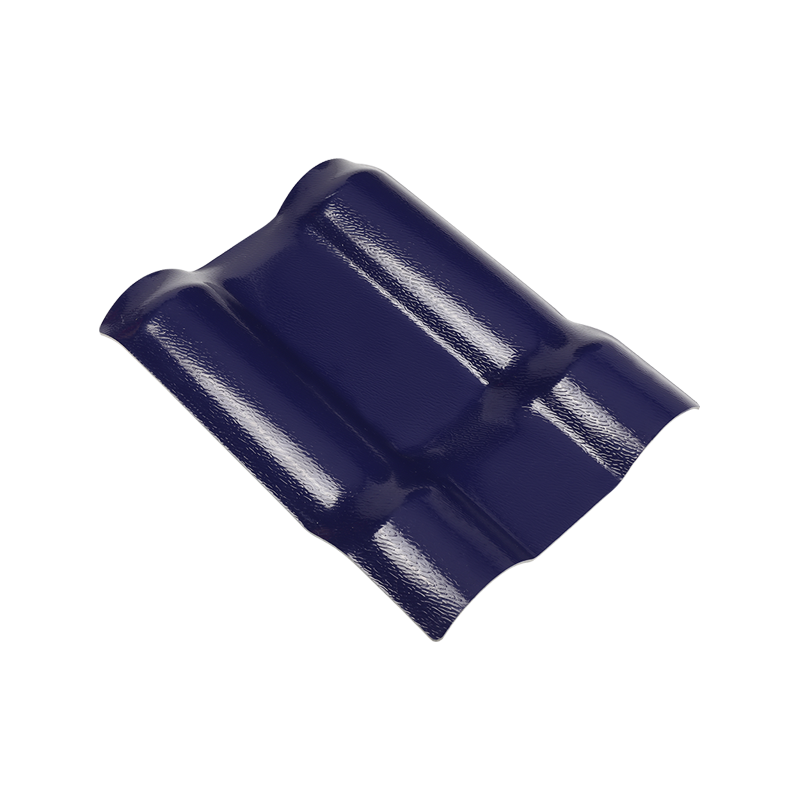
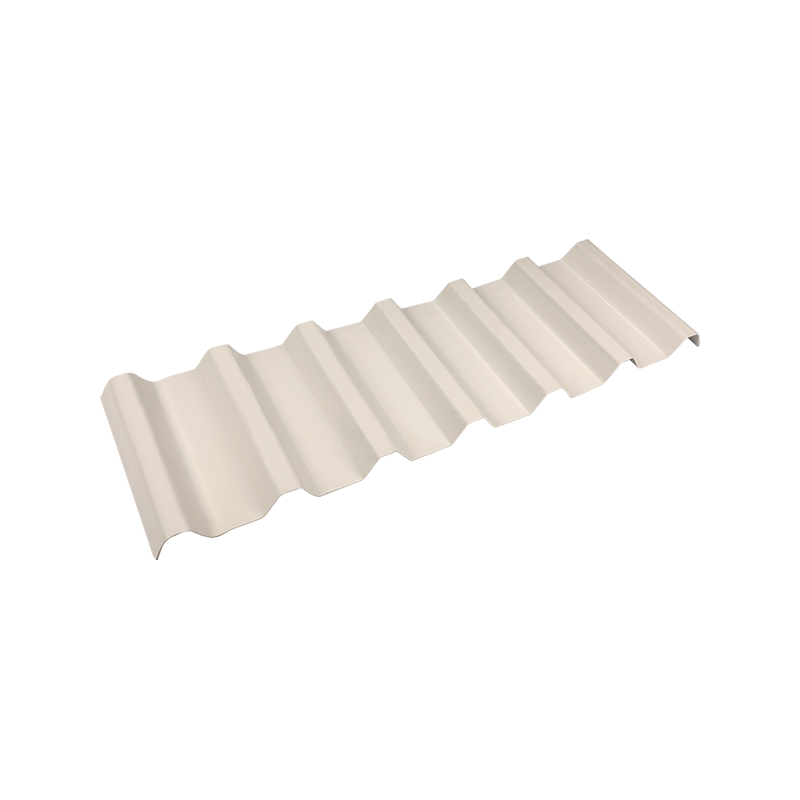
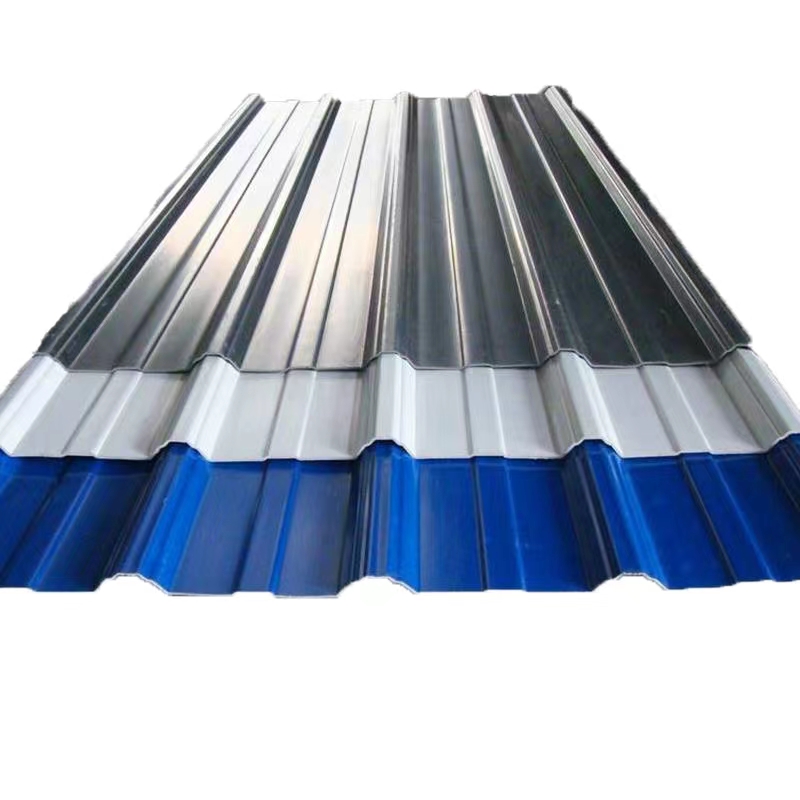
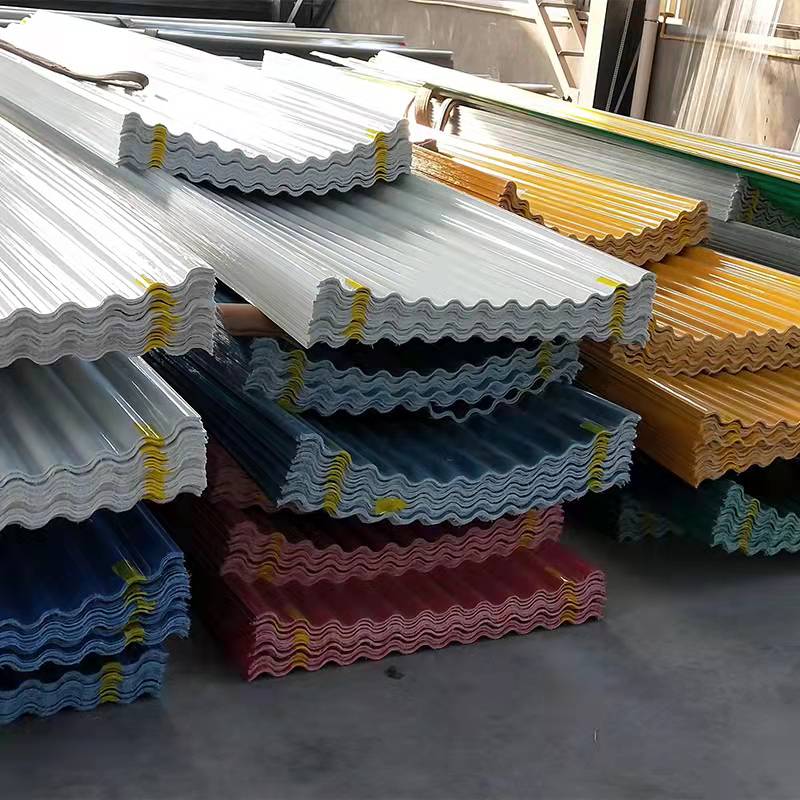
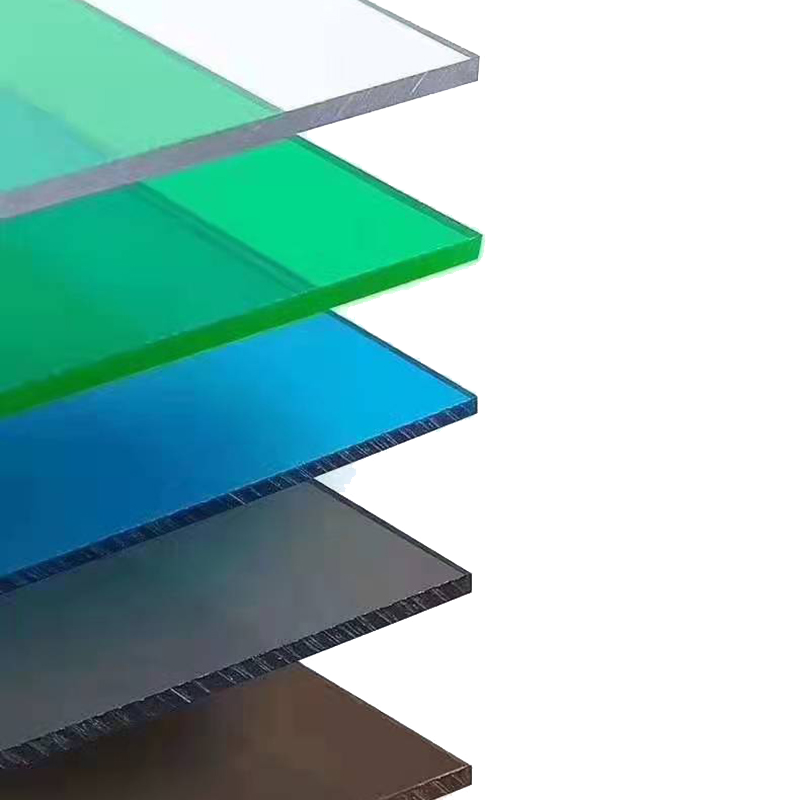
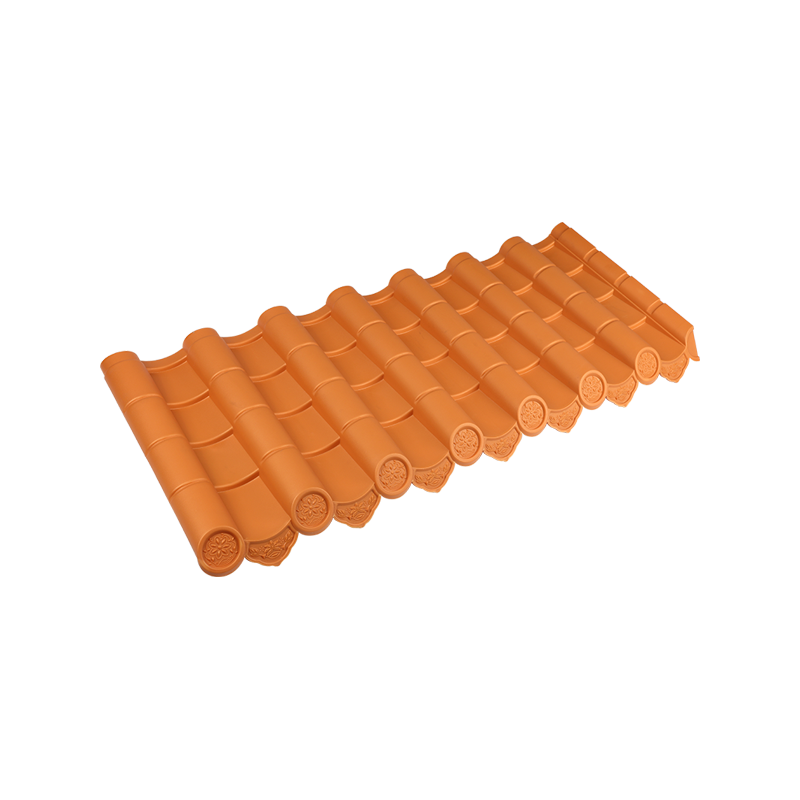
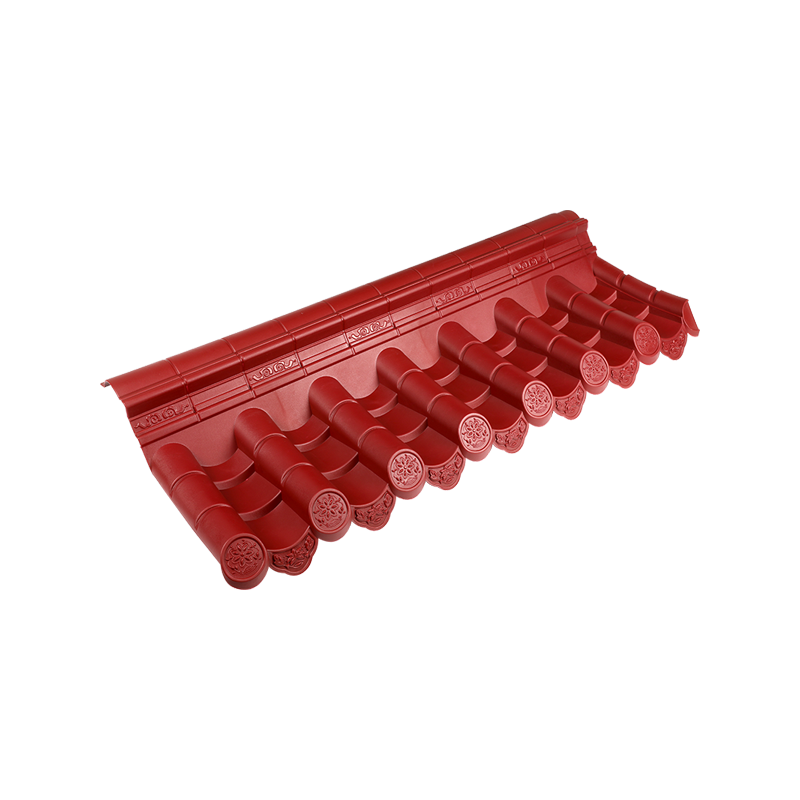


 Email:
Email: Phone:
Phone: Adress:
Adress: